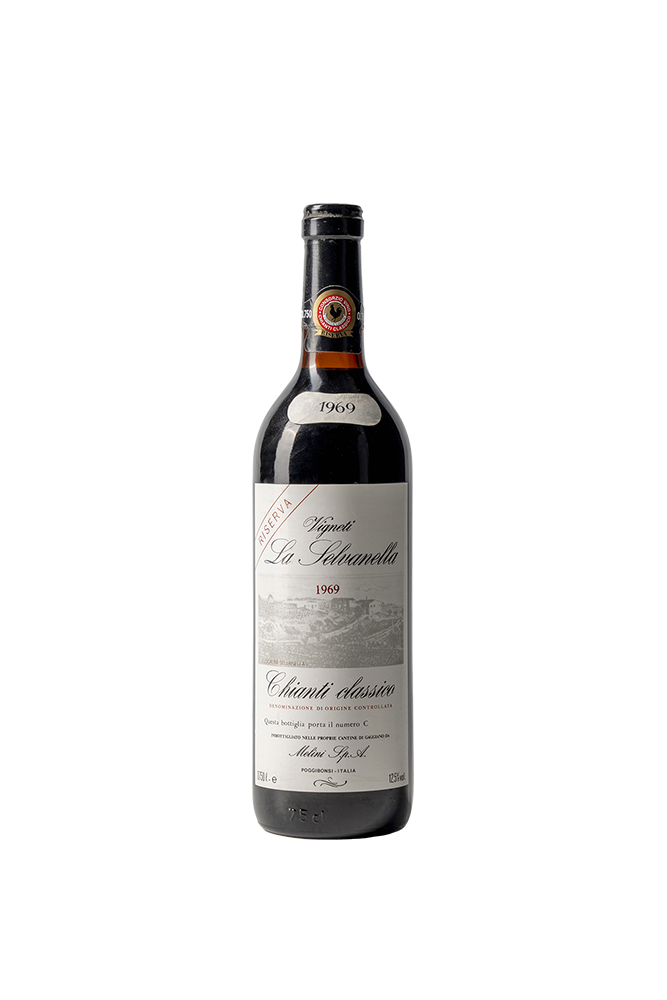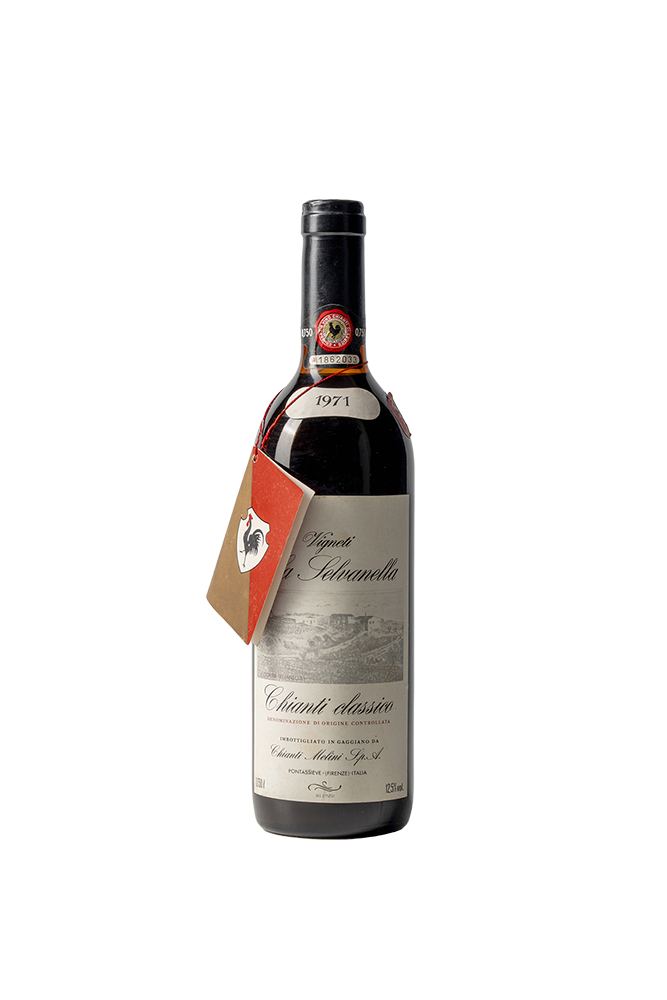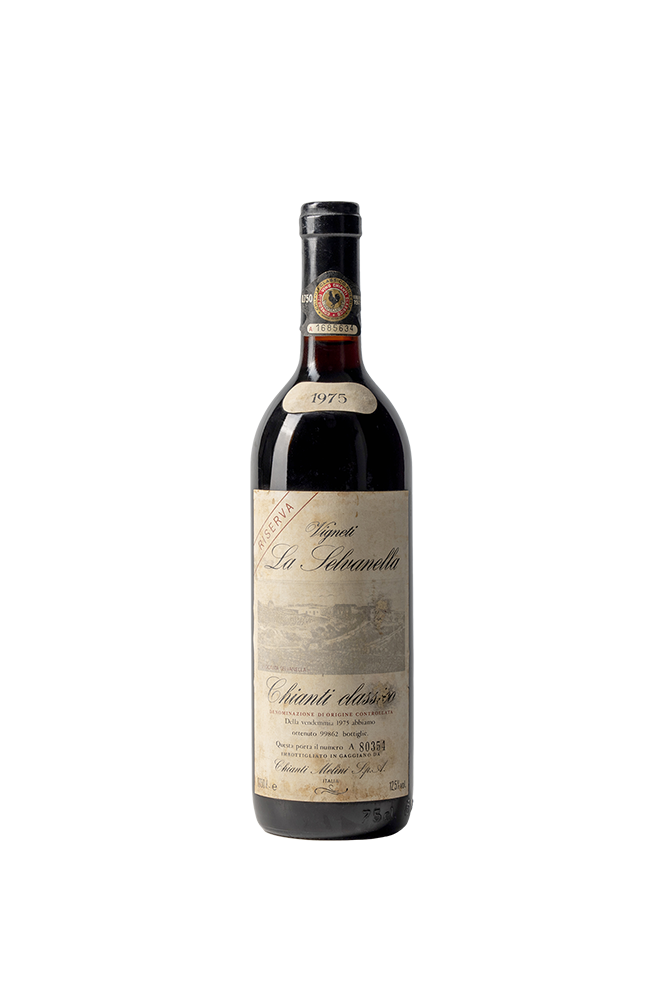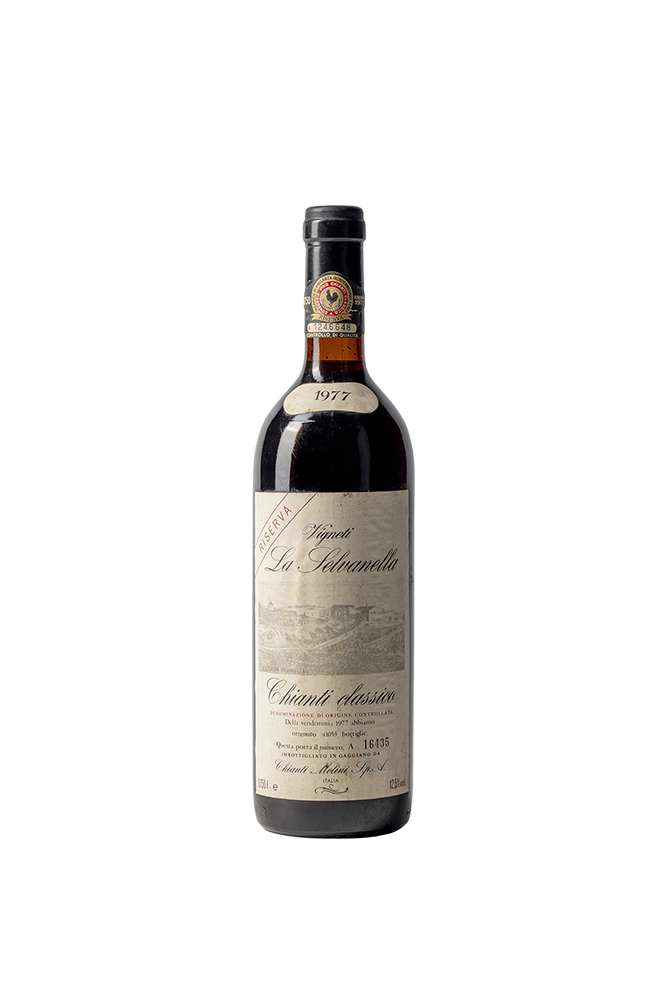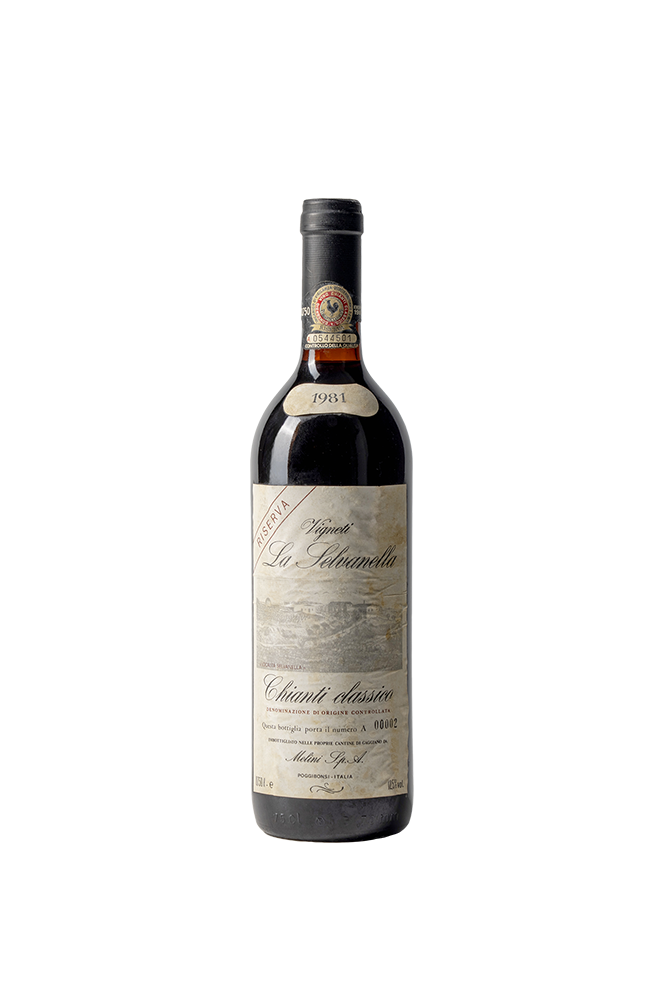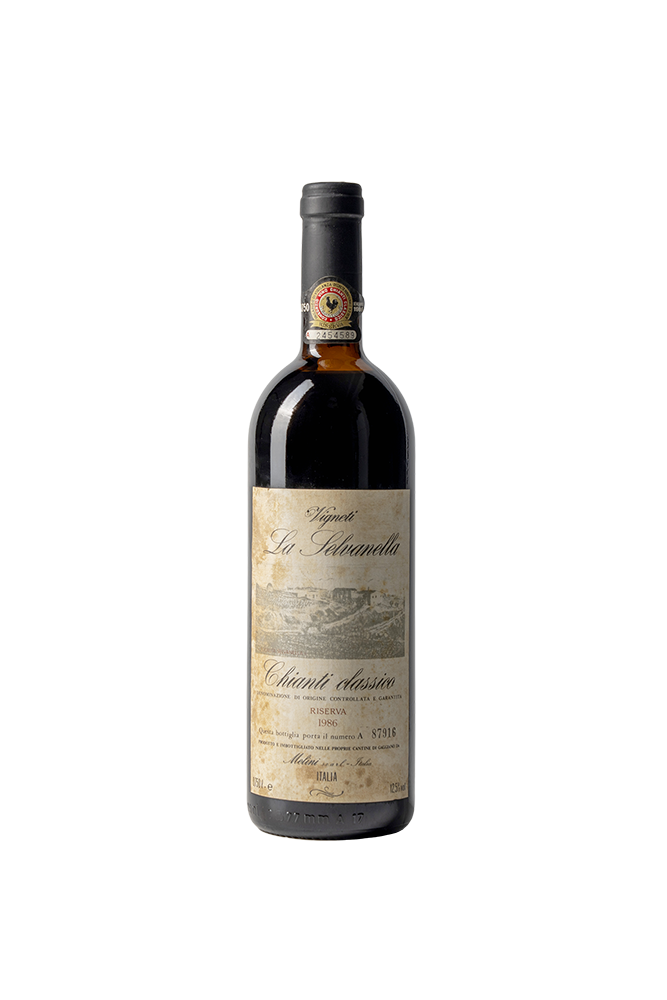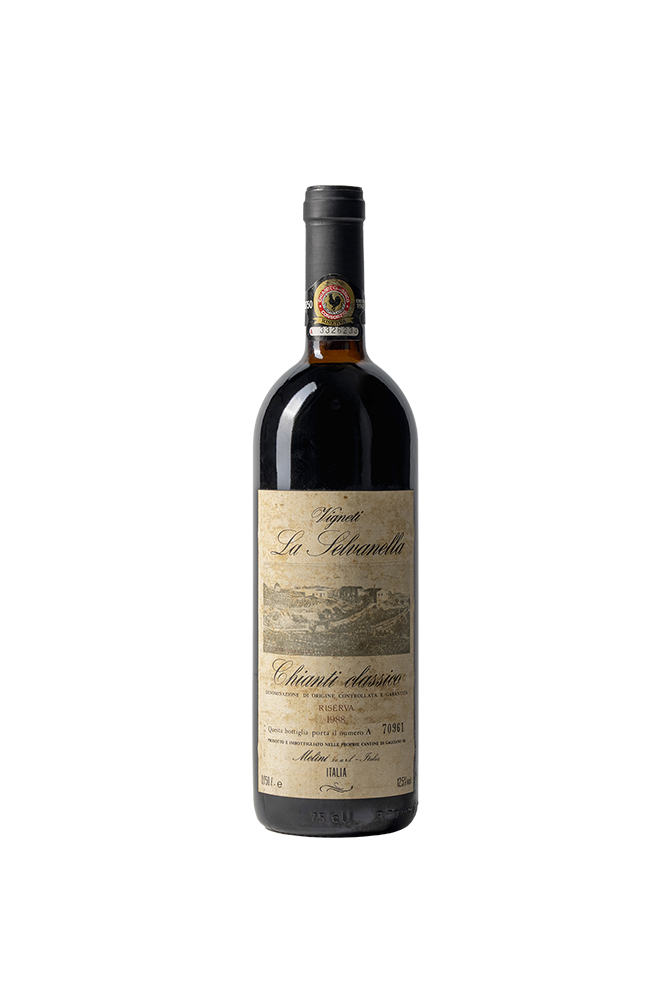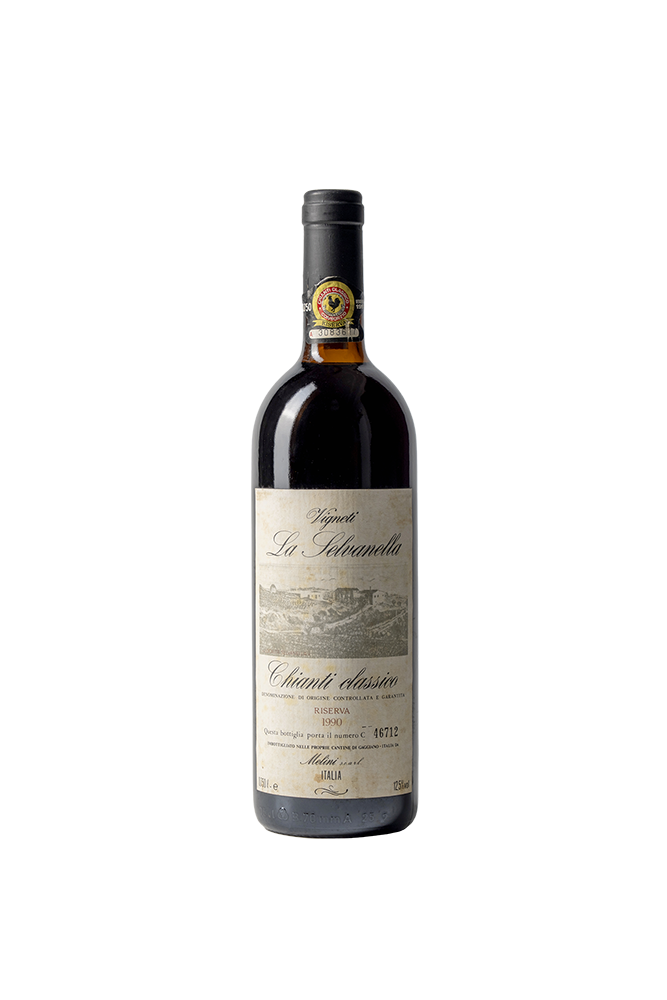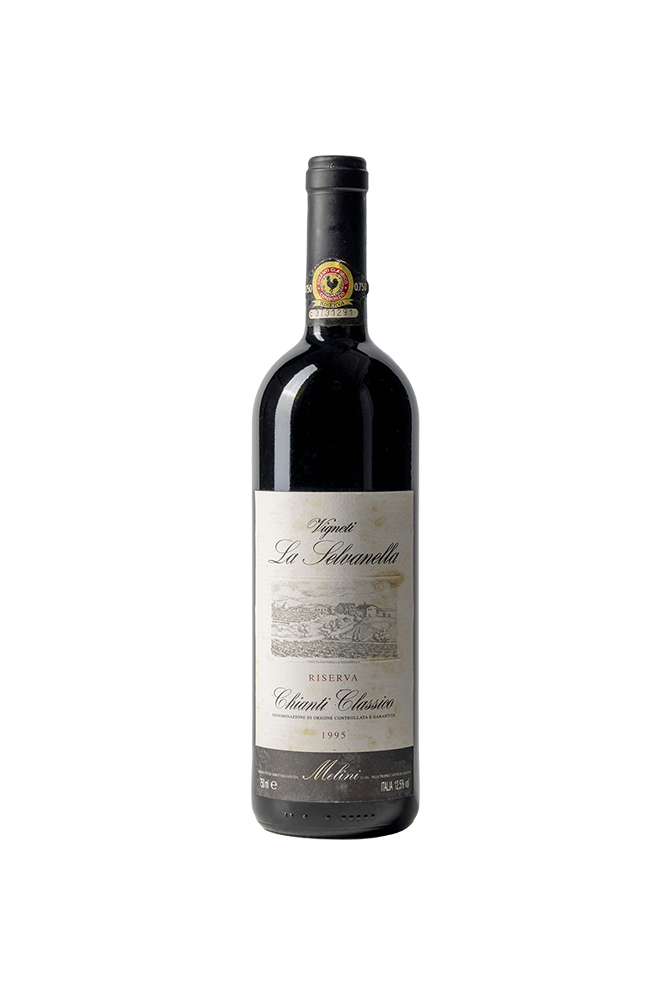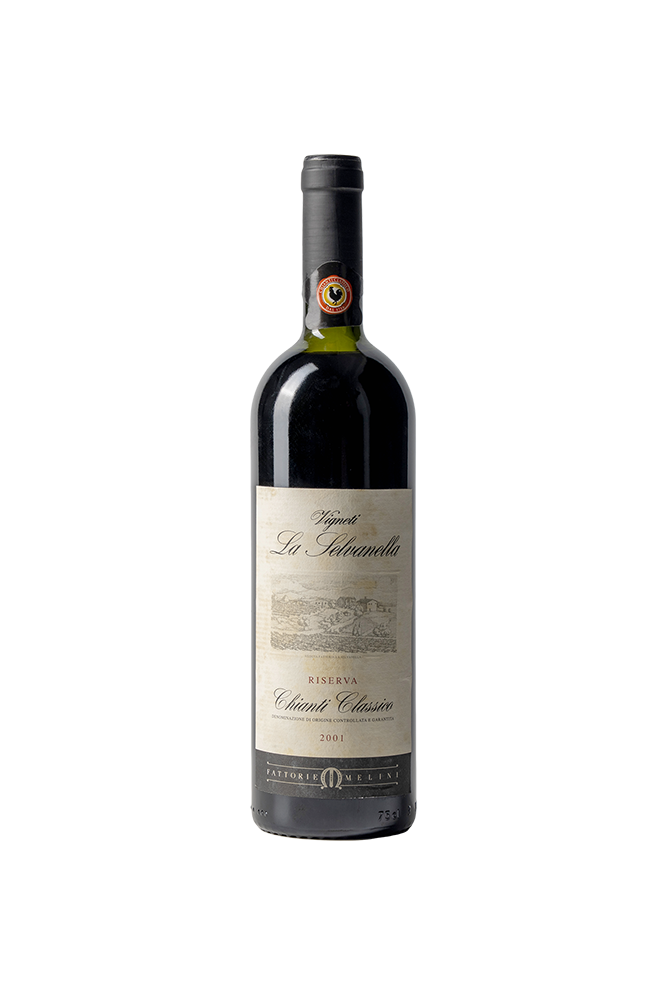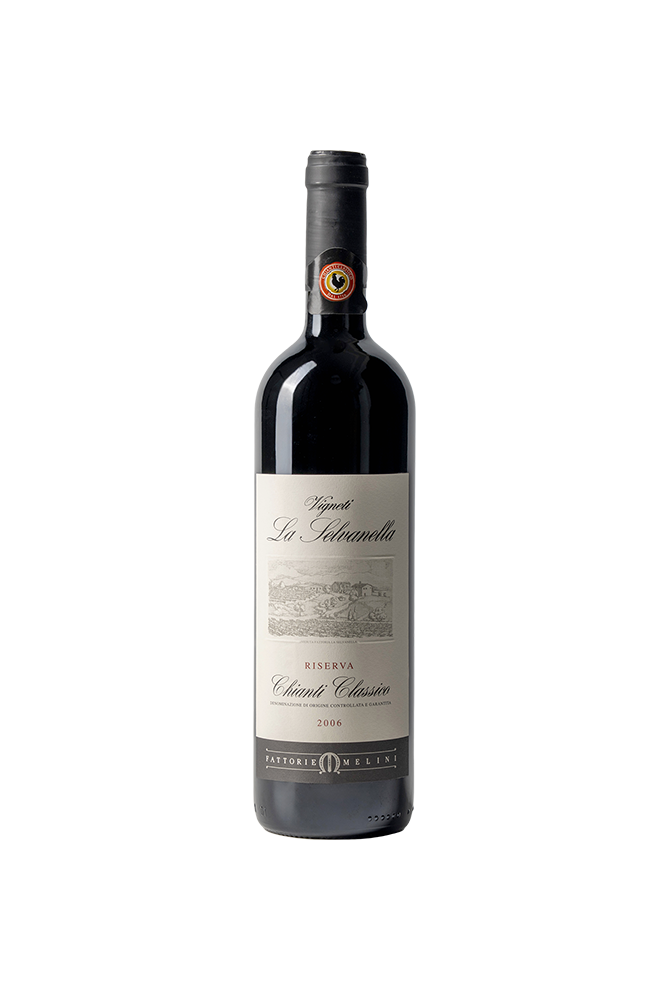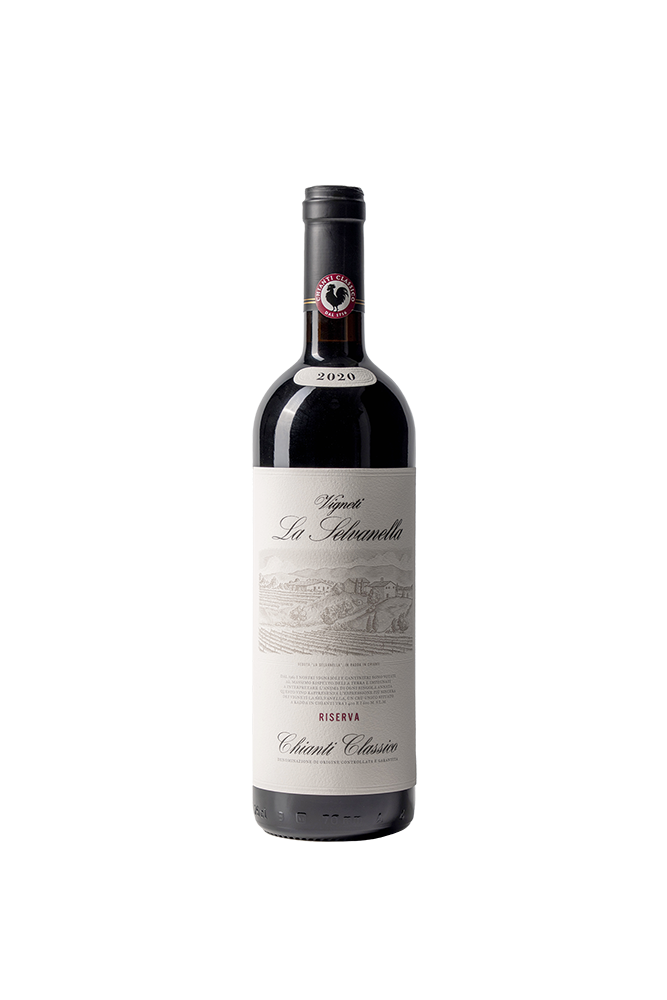Vigneti La Selvanella Chianti Classico Riserva
Nature's Legacy
With over fifty years of history, our vines embody the unique story of Vigneti La Selvanella Chianti Classico Riserva, the first wine in Chianti Classico to feature the vineyard's name on its label, forever marking our connection to this extraordinary land. It all started in 1969 with a special harvest that set us on our path. With visionary foresight, 50 hectares of Sangiovese Grosso were planted in a single plot, creating the first and largest Cru in Chianti Classico. From this bold move, born from passion and vision, came the decision to set aside hundreds of bottles each year, from each vintage, as a historical memory and a direct testament to the remarkable aging potential of this Riserva. We refine the Sangiovese in large oak barrels to preserve its vibrant acidity, structure, and true essence, guiding its evolution without altering its character, and authentically conveying the elegance and depth of the land.
Chianti Classico Riserva Vigneti La Selvanella 2021 is a wine that expresses the elegance and complexity of a unique cru.
The seasonal trend for the 2021 vintage was fairly regular. Spring rains provided an important water reserve to cope with the driest summer months, but without excessive heat waves, thus preserving the acidity of the grapes. The significant temperature variations between day and night allowed the grapes to ripen optimally.
The woods surrounding the La Selvanella Vineyards contribute to the significant daily temperature variations, which are essential for the development of floral and balsamic aromas.


Beautiful ruby. Nose with an intense aroma of wild fruits and cherry, with vivid floral and Eastern spice notes, hints of graphite and oregano tones. In the mouth it is vertical, vibrant, tastily tannic and with a long finish..
Red meat, game, mature cheeses.
Sangiovese Grosso.
Vigneti La Selvanella, Radda in Chianti.
14% Vol.
